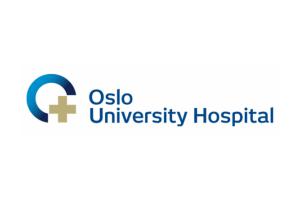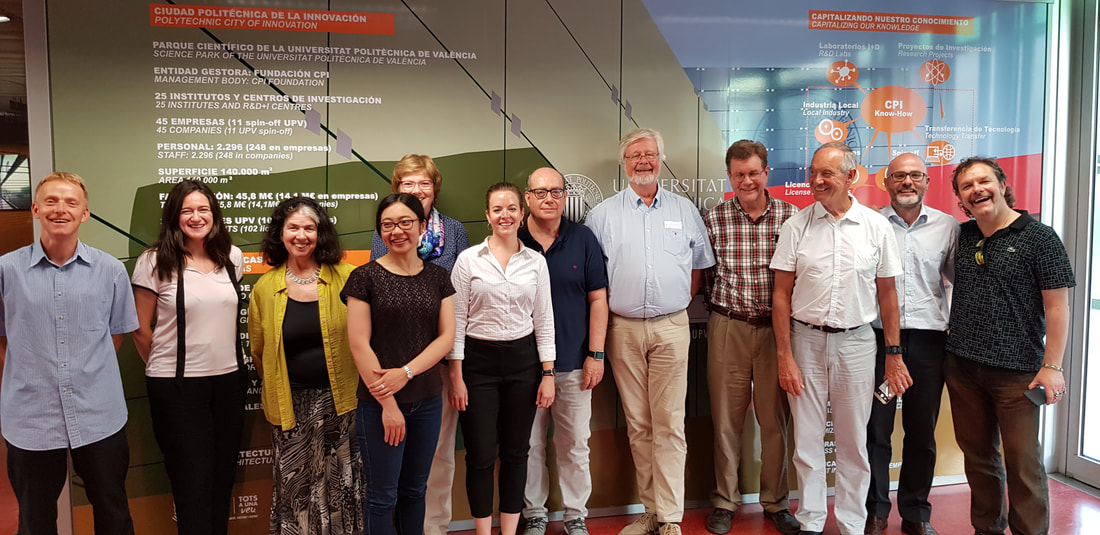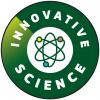Oslo University Hospital
-
0 comments

About the innovator
Oslo University Hospital (OUH) is the largest hospital in Norway with approximately 23.000 employes. The cancer treatment and Research is organized in a Cancer clinic unit and is accreditated as a Comprehensive Cancer Centre (CCC), one of only 16 in Europe. The Lumiblast Project is administratively organized to the Institute for Cancer Reserch, Dept. for Radiation Research coordinated by the Department head professor Kristian Berg, also group leader of the PCI (photochemical Internalization) Group. Professor Berg has 30 years of experience in experimental and preclinical research within the field photodynamic therapy (PDT). He has a broad background in developing technology from the bench via preclinical animal-based studies to the clinica and has contributed to the foundation of two companies, Photocure and PCI Biotech, noted on Oslo Stock Exchange with 2 products approved for clinical use and several in pipeline. His research in PDT has included studies of he use of 5-aminolevulinic acid (5-ALA) and its derivatives as precursors for endogenous synthesis of the heme synthesis Intermediate protoporphyrin IX (PpIX). PpIX is an efficient photosensitizer and the precursors 5-ALA is currently used clinically for treatment/cancer detection of glioblastoma, bladder cancer and non-melanoma skin cancers. The use of 5-ALA is included as a part of the Lumiblast Project. Prof. Berg´s group is primarly focusing on the PCI Technology for intracellular specific delivery of tgherapeutics into cancer cells based on the PDT concept, such as recombinant immunotoxins and the use of nanotechnology in PCI treatment. PCI Biotech is in parallel developing this technique for delivery of chemotherapeutic drugs with limited ability to penetrate into cells, for cancer vaccine developement and for delivery of oligonucleotides. . The previous knowledge and experience of Dr. Theo Theodossiou in the use of luminescence as a source of light in PDT has been instrumental in the creation of the Lumiblast concept and consequently project. The broad experience of Professor Berg in translating photomedical treatments from the bench to the clinic will strongly benefit the development of Lumiblast towards clinical use.
What is the innovation
Lumiblast is a technology for generating light inside cancer cells, as modelled in hard to reach and cure brain cancers (glioblastoma multiforme), with a particular focus on efficient activation of photosensitizers by light, to generate deleterious reactive oxygen species (ROS), specifically in cancer cells. The goal of the Technology is to develop a minimally-invasive clinical treatment, only requiring intravenous (i.v.) injections, hopefully without any surgical intervention. The main aim of the Project is to develop an efficient interaction between the light generator and the light absorber, based on a close spatial co-localization to ellicit an efficient therapeutic outcome.
Despite the fact that several attempts have been made to utilise intracellular luminescence for PDT without the use of external light, the particular interplay between the light donor, light acceptor and intracellular homeostasis proposed in Lumiblast was not foreseen prior to the launch of the project.
Out of the lab. Into the market
The Lumiblast project will include a Marked potential in clinical use for treatment of glioblstoma and other cancer indications as well as (potentially) other ROS related diseases. In addition, we envison the development of new kits for analysis of ROS, which will be exploited through our industrial partner Knight Scientific Ltd (KSL).
Our innovation(s) will be fundamentally dependent on patent protection. Lumiblast prototype chemicals will be patented (the first patent has already been submitted), and outlicensed to suitable companiesventuring in the field of PDT , such as Photocure AS, Norway, or other pharma/medicinal companies interested. In parallell, the Lumiblast consortium, after having provided proof-of-principle at the end of this project, will seek further funding through other EU calls (e.g. Health) for the translation of Lumiblast into the clinic.
OUS/Lumiblast consortium will undertake market research in order to determine initially how much interest there is for the use of Lumiblast in therapy for a range of different cancers and consequently develop a business plan. We will additionally undertake market research in the drug discovery market to see if an adaptation of Lumiblast might be suitable for high throughput screening by pharmaceutical companies of their large libraries of candidate molecules. As ROS is implicated in over 150 diseases, Lumiblast might become a very useful tool for drug discovery, but also for treatment of inflammatory diseases like e.g. rheumatoid arthritis.
Some of the technologies used by KSL in WP 2 have already been developed in standardised kits marketed by KSL as the ABEL product series for the detection, and/or generation of various ROS, such as superoxide, hydroxyl radical, peroxyl radicals, halogenated oxidants and peroxynitrite.
Benefits of participation in Horizon 2020
The FET project in Horizon 2020 is a very attractive platform for "out of the box" technologies like Lumiblast which is in the concept stage but have not achieved proof-of-principle yet. Outside FET it is difficult to nurture such high risk/high gain projects in conventional funding schemes. FET has offered Lumiblast the opportunity to reach a proof-of principal preclinical stage, which has paved the way for us to further translate Lumiblast into the clinic.
Moreover, FET OPEN is a prestigeous scheme within Horizon 2020 and has enhanced our visibility to the research, academic and industry communities, resulting in invitations for collaborations and higher possibilities to disseminate our results, despite our intelectual-property-based restriction on our current outreach activities.
This innovation was funded via H2020 project Lumiblast
Team behind the innovation
/futurium/en/file/img4507jpgimg_4507.jpg


